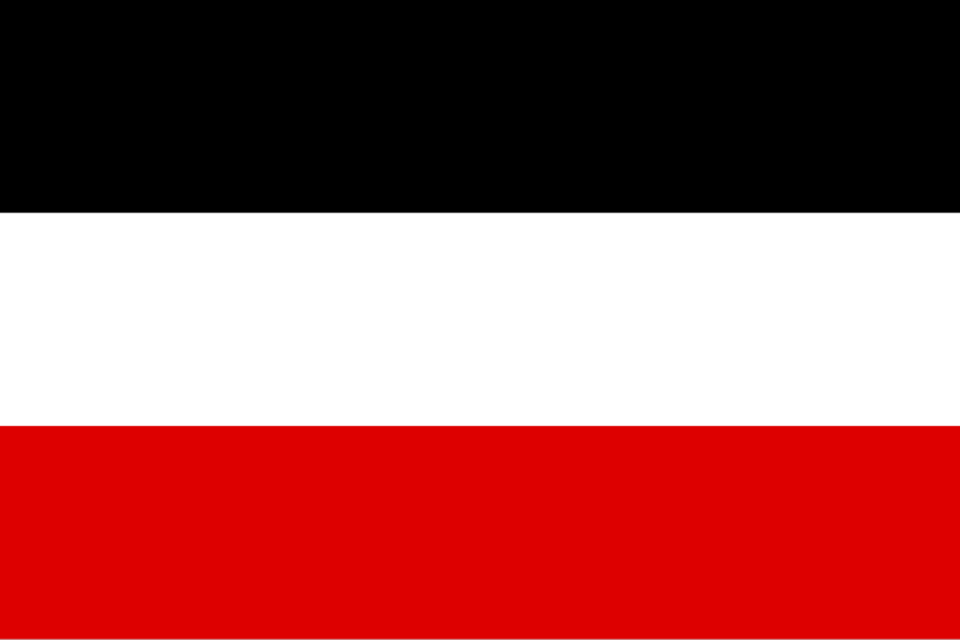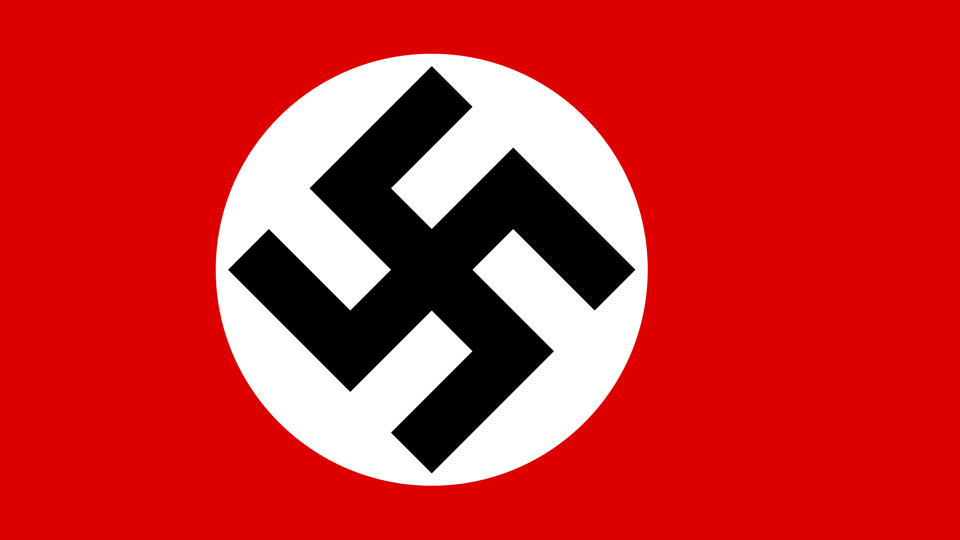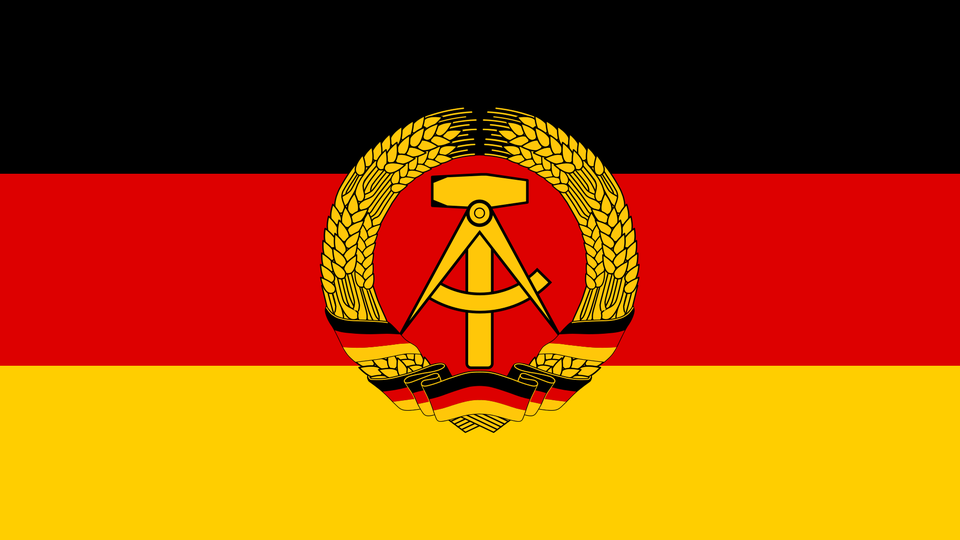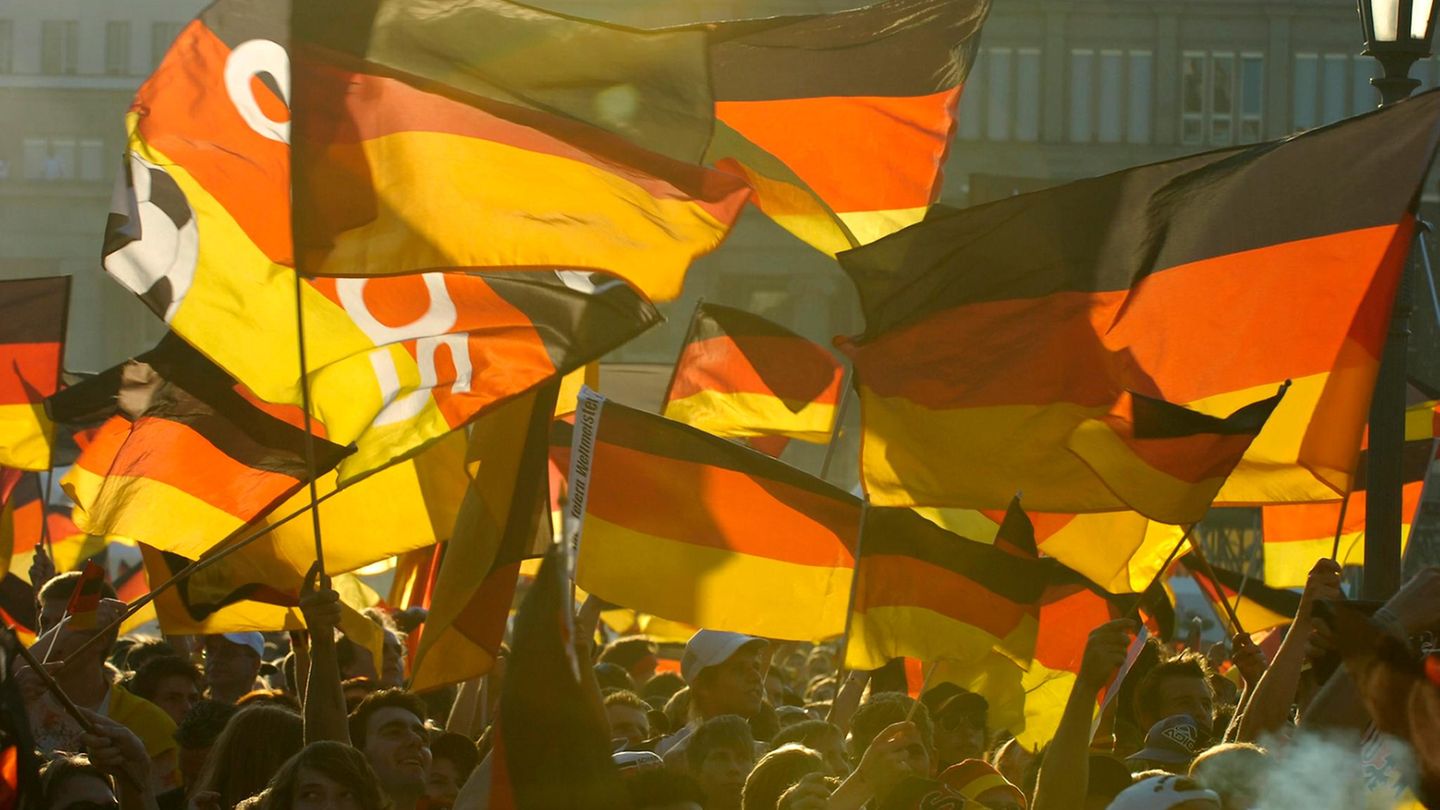Simply explained
Ramelow wants to have black-red-gold voted-that’s why we have these colors
Copy the current link
Add to the memorial list
There he started something: Bundestag Vice President Bodo Ramelow wants to discuss black-red gold-colors with history.
Everything new! Bundestag Vice President Bodo Ramelow wants to go to our state symbols. Our hymn, our flag, our Basic Law: The left-wing politician wants to put everything on the overall German test-and let the referendum to decide the sovereign about alternatives. “I would want to put all of this with Article 146, which says that the Basic Law loses its validity as soon as a new constitution comes into force that was decided by the German people in free decision “, says Ramelow of the “Rheinische Post”. “Many strangers (…) with the national flag,” he claims primarily with a view of the people in the east of the Republic.
Short history of German national colors
In fact, this can be observed in many places if you get black and white-red Reich flags in front gardens or as stickers Cars sees. It remains to be seen whether these people only have “strangers” with the national flag or even a completely different problem with our state.
One thing is certain: Black-Red gold is the federal flag-and it has a long, democratic history that traces back to the German Confederation until the 19th century.
The “Lützow Freikorps”, which was involved in the fights in the liberation wars, wore black uniforms with red decorations and golden buttons and is considered an unofficial author of the German national colors. At the Hambacher festival in 1832, many participants already wore black-red-gold flags, in public the colors became more and more a sign of national unity and bourgeois freedom-they were ultimately a symbol of the 1848/49 revolution, so that the Frankfurter Bundestag Black-red gold explained to the colors of the German Confederation. The National Assembly for the German Reich followed this. Since then, at the latest, the colors stand for a lot and free Germany.
Only on an endeavor Bismarcks This changed again: In the course of the Reich cleaning under Prussian leadership, the national colors were changed, in black and white-red. Black and white stood for the traditional colors of Prussia, red for the Hanseatic cities that contributed to prosperity. Under the rule of Kaiser Wilhelm II from 1888, the new national colors had finally prevailed.

The First World War was a turning point – not only for Germany, but also for its flag. In the constitution of the Weimar Republic from 1919 it was determined: “The imperial colors are black-red-gold. “However, there was a considerable part of the public against the replacement of the colors of the Empire. It was laid down as a compromise:” The trade flag is black and white and red with the imperial colors in the upper inner corner. “Despite the determination, however, there was never popular-also because of the many opponents of the republic.

According to the National Socialists in 1933, it was one of the first official acts to reopen the decision of the parliament. Black and white-red again became the official national colors. From then on there were two national flags: the traditional with three beams on top of each other and from 1935 the swastika flag, which was also in black and white red, which also became a symbol of the NSDAP-the flag is still a sign of injustice and contempt for human beings.

After the liberation in 1945, the German occupation zones initially remained without state institutions and without flag or other symbols. Even before the two German states were founded, the discussions about future colors began-but they were only decided in 1949. The GDR chose black and red gold as a flag, from 1959 also with its coat of arms, the ear wreath with hammer and circle. And in the Federal Republic, too, it was stated in the Basic Law: “The federal flag is black-red-gold.”

With the normalization of life, acceptance for black-red-gold on both sides of the border grew, the colors were only questioned by a minority at the end of the 1980s. It was only in the course of reunification that there was an opportunity to think about new German symbols. With the accession of the GDR to the scope of the Basic Law, however, it quickly became clear at the time: the overall German colors are black-red-gold-and again a symbol of unity and freedom. Dealing with the national colors became increasingly relaxed, for example to observe during the 2006 World Cup in Germany when the flag was part of the street scene.
Black-red gold can only be abolished by changing the Basic Law
Incidentally, the German national colors can only be changed with a two -thirds majority, they enjoy constitutional rank. It appears uncertain whether Ramelow will be successful with his advance. Because the German Bundestag also states: “With these colors, as rarely before, the Germans identify in their eventful history.”
wire
Source: Stern
I have been working in the news industry for over 6 years, first as a reporter and now as an editor. I have covered politics extensively, and my work has appeared in major newspapers and online news outlets around the world. In addition to my writing, I also contribute regularly to 24 Hours World.




